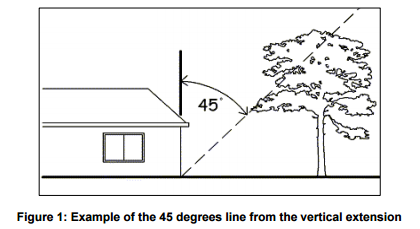Tree killed man after council blocked removal
This post is a comment on the Gordon Timbs case from Shoalhaven City Council. Citing the linked article:
The seven gum trees stood 30 metres high and 10 metres from the Timbs family house [in our case the gum trees are literally 4 meters from our house]. Gordon Timbs knew they posed a threat to his family and property, and he wanted them removed.
So in July 1996 the 48-year-old sought permission from Shoalhaven City Council to cut them down. He was refused under the Tree Preservation Order. Eighteen months later, when a large branch fell on a vehicle [a large branch has fallen on our roof causing water damage and need for extensive repairs], he repeated his concerns to the council. It again refused, saying the trees were "sound" and could not be removed.
Six months later during a storm one of the trees came down - on top of his house. Mr Timbs, who was asleep in his bed, was killed instantly.Mr Timbs' widow, Carlene, said the council caused her husband's death on July 29, 1998, by breaching its duty of care. She took legal action against the council for $750,000 damages.
The NSW Supreme Court of Appeal unanimously held that Shoalhaven City Council was liable for the death of Gordon Timbs, who died instantly when a 25-metre spotted gum fell on his house in South Nowra during a windstorm in 1998.
The council's liability was based partly on the 'significant and special measure of control over the safety of home owners who brought to the Council's attention their fears that overhanging trees were dangerous'. [1]
Since this case, the Shoalhaven City Council has now updated their Tree Preservation rules, namely the following section:
5.2.2 Exemptions
The following trees or other vegetation are exempt from section 5.1 [seeking council approval to be cut]:
a) Where a tree is closer than its own height from an approved building (including a
dwelling, garage or outbuilding). This means where any part of a tree is above a line 45
degrees from the vertical extension of the wall of any building measured from its base
(as shown in Figure 1).
So in other words, this exemption states simply that: if a tree is close enough to a house to crush it should it fall, then it can be removed.
Now look at the diagram above, and at the picture of our trees below:



Comments
Post a Comment